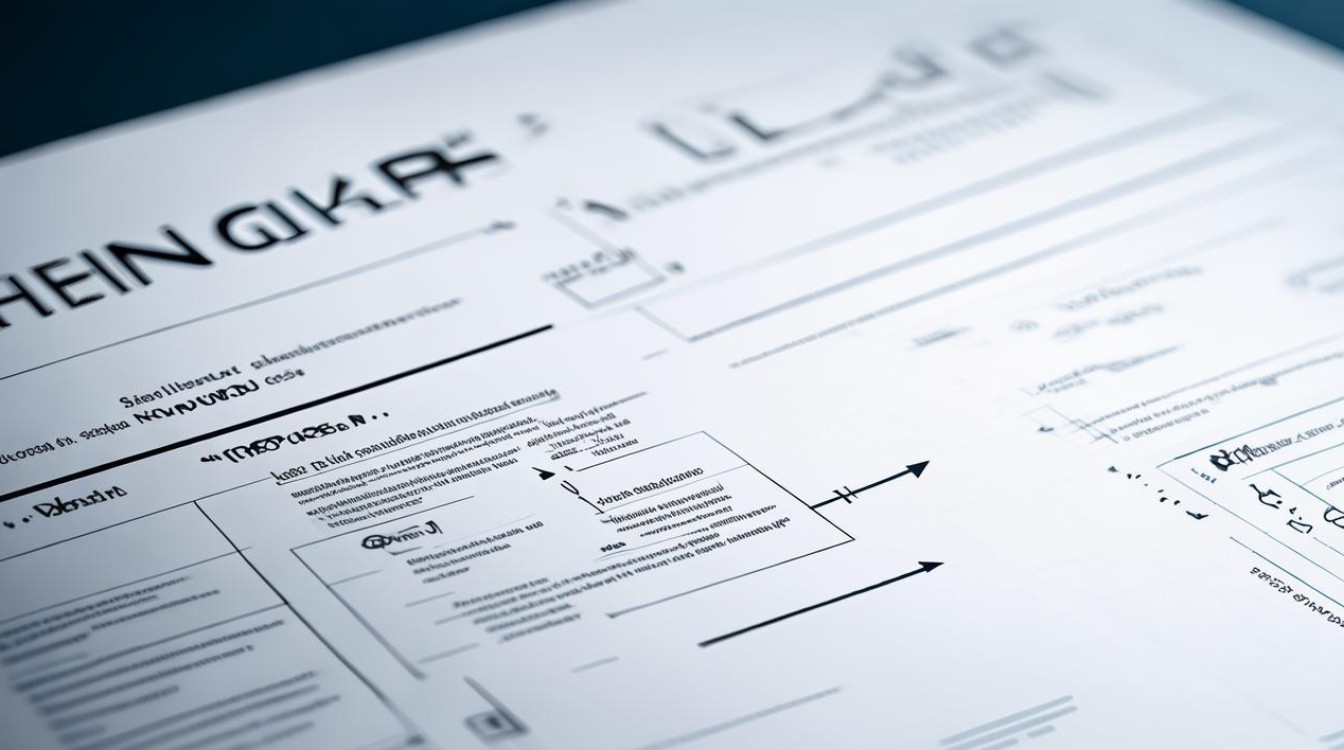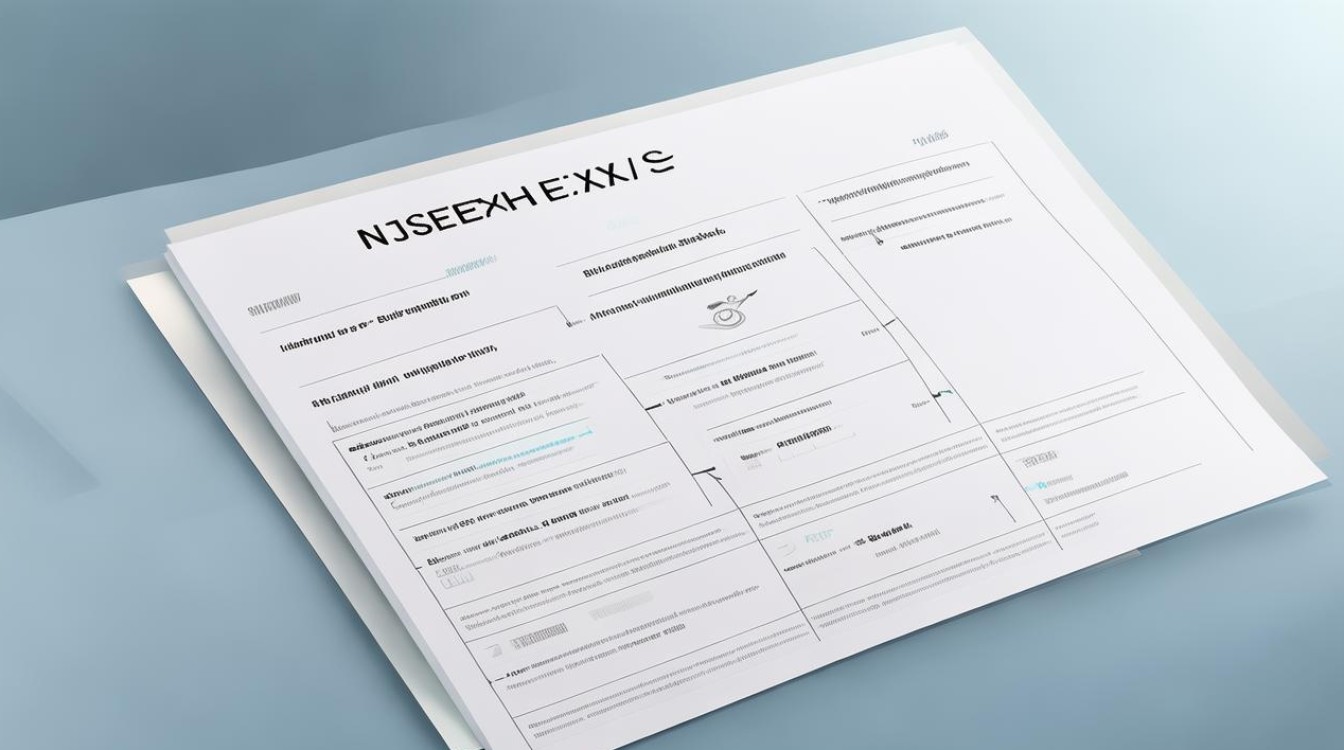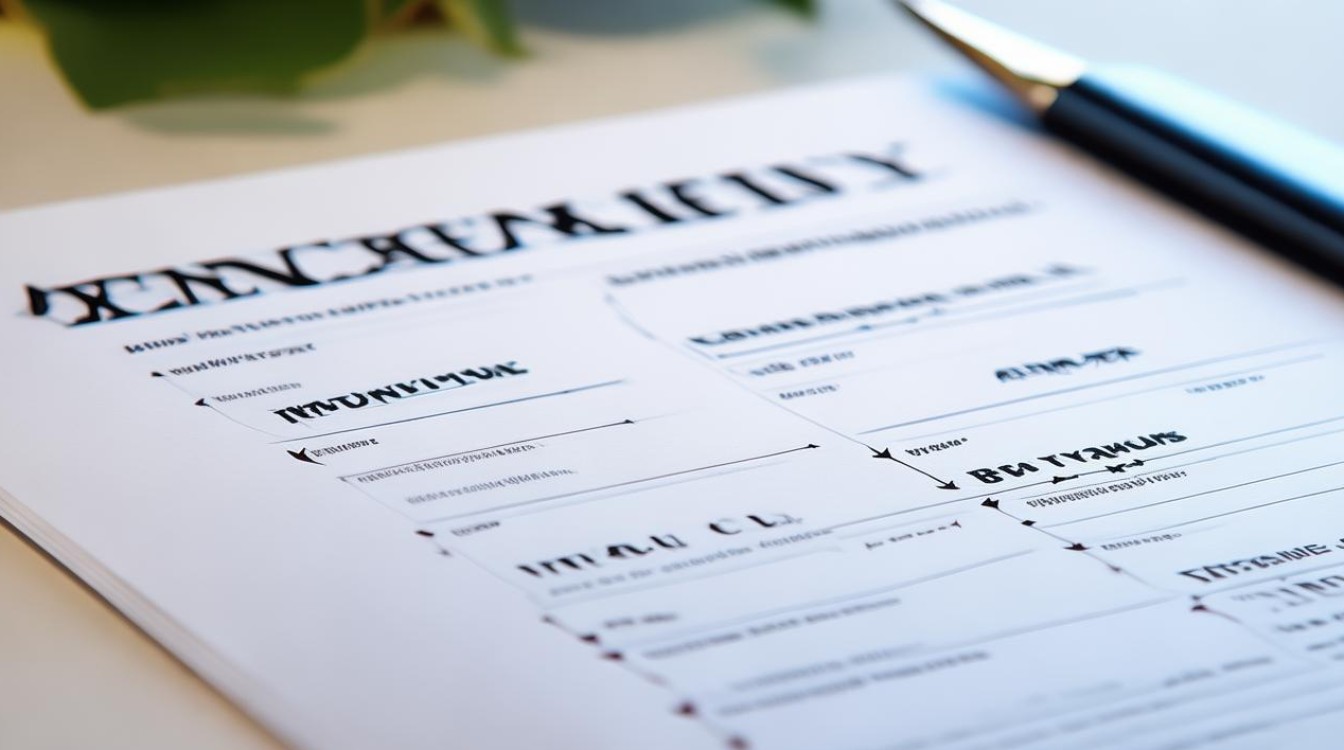在学术写作和考试中,图表作文(Graph Description)是常见的题型,尤其在雅思、托福、PTE等考试中占据重要地位,掌握一套清晰的写作模板,不仅能提升文章的逻辑性,还能帮助考生快速组织语言,高效得分,本文将提供一套实用的英文图表作文模板,并解析关键写作技巧,助你轻松应对各类图表题型。

图表作文的核心结构
一篇优秀的图表作文通常包含四个部分:引言(Introduction)、概述(Overview)、细节分析(Detailed Analysis)和结尾(Conclusion),以下是具体框架:
引言(Introduction)
开门见山,用1-2句话概括图表内容,包括:
- 图表类型(如柱状图、折线图、饼图等);
- 数据来源或主题(如时间、地点、比较对象);
- 关键数据范围(如年份、百分比)。
模板句型:
- The [chart/graph/diagram] illustrates/shows/depicts [主题] in [地区/时间范围].
- According to the [chart type], the data focuses on [核心内容] between [时间/范围].
示例:
"The bar chart compares the average monthly rainfall in three major cities from 2010 to 2020."
概述(Overview)
用2-3句话总结图表的主要趋势或显著特征,避免细节数据,这是得分关键部分!

模板句型:
- Overall, the most noticeable trend is…
- It is clear that [A] is significantly higher/lower than [B].
- The data reveals a sharp increase/decline in…
示例:
"Overall, City A experienced the highest rainfall throughout the decade, while City C remained the driest. Additionally, all three cities showed a slight upward trend after 2015."
细节分析(Detailed Analysis)
分段描述具体数据,注意逻辑分组(如按时间、类别或对比关系),每段聚焦一个核心点,搭配数据支持。
写作技巧:
- 比较与对比: Use "whereas", "in contrast", "similarly" 等连接词;
- 变化描述: "plummeted by 50%", "peaked at 80%", "remained stable at…";
- 数据引用: 避免重复句式,交替使用 "accounted for", "represented", "constituted"。
示例段落:
"In 2010, City A recorded 200mm of rainfall, nearly double that of City B. By 2020, however, the gap narrowed as City B’s figures rose to 180mm. Meanwhile, City C’s rainfall stayed below 100mm for the entire period."

Conclusion)
非必要部分,但可简短重申核心趋势或提出合理推论(避免主观猜测)。
模板句型:
- In summary, the data highlights…
- These patterns suggest that…
高分技巧:如何让图表作文脱颖而出
数据多样性表达
避免重复使用 "increase" 或 "decrease",替换为:
- Surge, soar, rocket (急剧上升)
- Plummet, plunge, slump (急剧下降)
- Fluctuate, stabilize, plateau (波动/平稳)
时态与语态
- 过去数据: 一般过去时("In 1990, sales stood at…");
- 预测趋势: 将来时或情态动词("The figure is projected to reach…");
- 无时间数据: 一般现在时("The chart shows that…")。
逻辑连接词
使用过渡词增强连贯性:
- 并列:Moreover, Furthermore
- 转折:However, Nevertheless
- 因果:Consequently, As a result
常见图表类型与应对策略
柱状图(Bar Chart)
- 重点:比较不同类别数据;
- 技巧:分组描述(如最高/最低值,相似项对比)。
折线图(Line Graph)
- 重点:时间趋势与波动;
- 技巧:分段描述(上升期、下降期、转折点)。
饼图(Pie Chart)
- 重点:比例分配;
- 技巧:突出最大/最小份额,使用 "占比" 表达("occupied 70%")。
表格(Table)
- 重点:横向与纵向对比;
- 技巧:提取极值或异常数据优先分析。
避免这些扣分点
- 机械罗列数据:避免写成“数据清单”,需提炼趋势;
- 遗漏概述段:许多考试明确要求“Overview”,缺失会扣分;
- 主观臆断:仅描述图表内容,不添加个人观点(除非题目要求);
- 语法错误:注意主谓一致、时态统一。
实战模板应用示例
** 某折线图显示1990-2020年三个国家碳排放量变化。

范文节选:
"The line graph illustrates carbon emissions in three nations over a 30-year period. Overall, Country A’s emissions dominated despite a final decline, whereas Country C showed consistent growth.
In 1990, Country A emitted 10 billion tons, far exceeding the other two. By 2010, its figure peaked at 15 billion tons before dropping to 12 billion in 2020. Conversely, Country C’s emissions rose steadily from 2 to 8 billion tons, surpassing Country B after 2005..."



